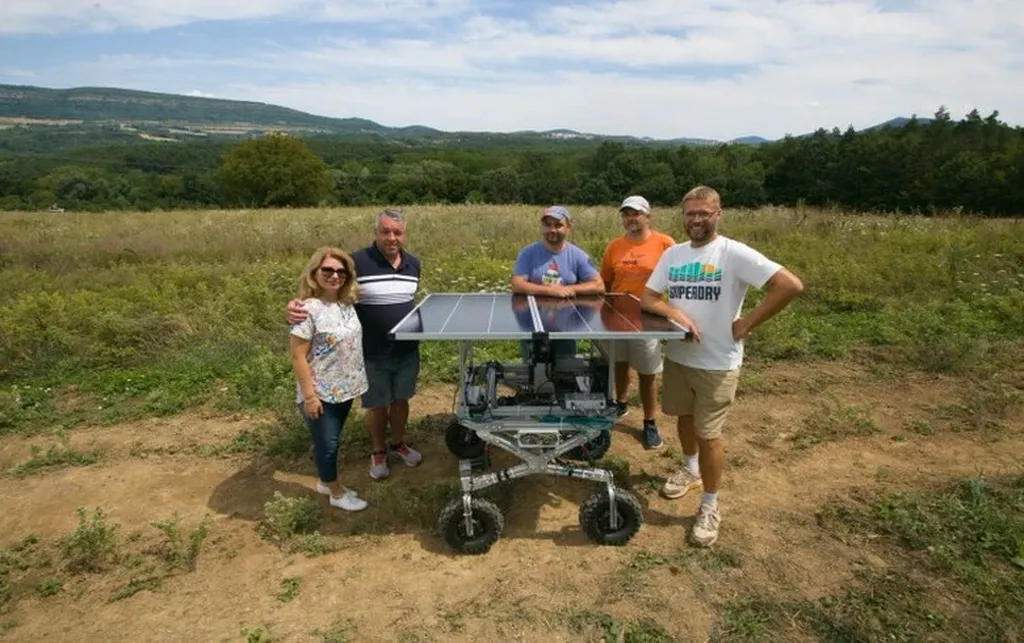In the ever-evolving landscape of agricultural technology, a recent study published in *Plant, Soil and Environment* has shed light on a critical aspect of soil health: sulfur (S) determination. The research, led by Olya Surleva from the Analytical Chemistry Department at the University of Chemical Technology and Metallurgy in Sofia, Bulgaria, focuses on optimizing the turbidimetric method for measuring water-soluble sulphate in arable soils. This advancement could have significant implications for farmers and the agriculture sector as a whole.
Sulfur is the fourth major nutrient contributing to crop quality and yield, yet its deficiency is becoming increasingly prevalent in various regions. Accurate and accessible soil testing methods are essential for assessing sulfur availability and implementing effective fertilization programs. Surleva’s study aims to address this need by improving the analytical performance of the turbidimetric method, a technique used to determine water-soluble sulphate in soil after leaching with a calcium chloride (CaCl2) reagent.
The modified testing protocol developed by Surleva and her team demonstrates impressive results. With a method limit of quantification of 5.0 mg/kg, precision as relative standard deviation of less than 3%, and a recovery rate of 103 ± 18% for fortified soil samples, the method shows high accuracy and reliability. The expanded uncertainty was calculated to be 2.3 mg/kg SO42–S (K = 2, norm.), further underscoring the method’s robustness.
One of the most compelling aspects of this research is its potential to make soil testing more accessible to a broader range of farmers. “The proposed testing protocol is inexpensive, fast, uses simple equipment and procedures, and is easily adoptable in regular laboratories,” Surleva explains. This accessibility is crucial for enabling farmers to make informed decisions about sulfur fertilization, ultimately leading to improved crop yields and quality.
The study tested a set of 546 soil samples and found that 74% were sulfur-deficient, with SO42–S levels below 10 mg/kg and a sulfur availability index of less than 6.0. These findings highlight the urgent need for accurate and accessible soil testing methods to address sulfur deficiency in arable soils.
As the agriculture sector continues to grapple with the challenges of climate change, soil degradation, and the need for sustainable practices, advancements in soil testing methods like those presented in Surleva’s research are more important than ever. By providing farmers with the tools they need to assess and address sulfur deficiency, this research has the potential to shape the future of agriculture and contribute to more sustainable and productive farming practices.
In the words of Surleva, “The availability of laboratory analysis to a broader group of farmers could contribute to effective fertilisation programs, as the newly proposed fertiliser blending technologies are based on adequate estimation of sulfur availability in arable soils.” This insight underscores the real-world impact of the research and its potential to drive innovation in the agriculture sector.
As we look to the future, it is clear that advancements in agritech, such as those presented in Surleva’s study, will play a crucial role in addressing the challenges facing the agriculture sector. By continuing to invest in and support research in this field, we can pave the way for a more sustainable and productive future for farmers and the global food supply.

